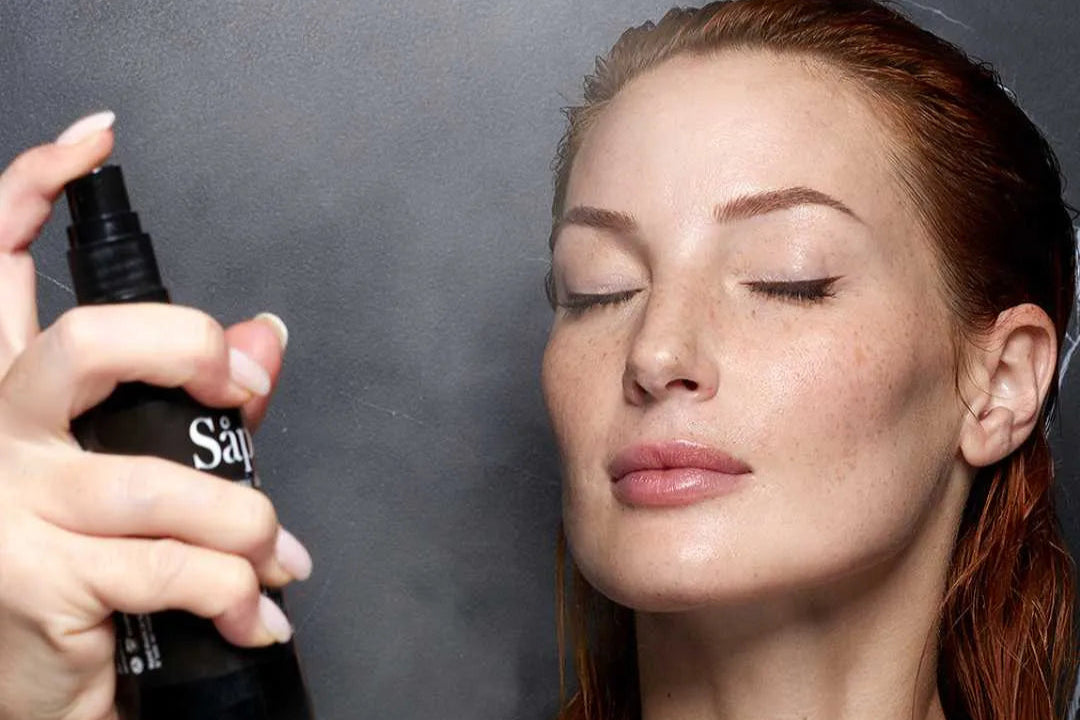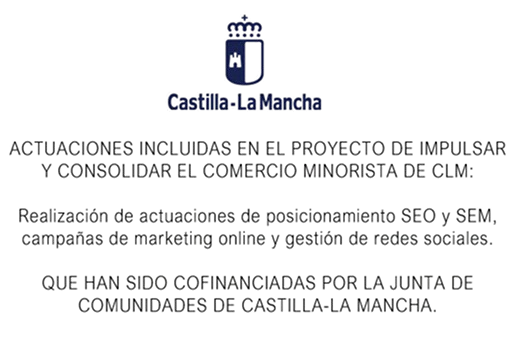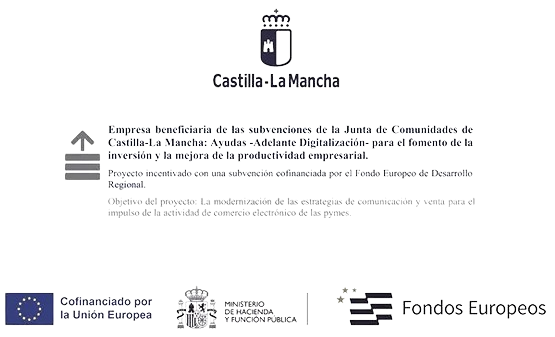As the founder of Såper Cosmética and the formulator of each of our products, one of the questions I get asked most is: How can I know if a cosmetic is truly natural and healthy for my skin? And my answer is always the same: by learning to read the INCI, or list of ingredients.
Reading the INCI (International Nomenclature of Cosmetic Ingredients) is not only an act of conscience, it's a powerful tool for making smart, honest decisions aligned with your values. Because skin has a memory, and what you give it today will be reflected tomorrow.
In previous articles, we've explained the ingredients that are important to avoid when purchasing organic and natural cosmetics , and we've also created a glossary of natural ingredients so you can have them handy and better understand what you're buying.
Today we'll focus on the role of the INCI in natural cosmetics and how to learn to read the labels of your favorite cosmetics.
What is the INCI or list of ingredients?
INCI is the abbreviation in English that refers to “International Nomenclature Cosmetic Ingredients”, it is the international nomenclature that all companies are required to use.
Cosmetic brands in the European Union are required to list the ingredients in their products. It's a universal language that lets you know, regardless of the language on the packaging, what you're applying to your skin.
Currently, the INCI allows us to verify whether what is portrayed in cosmetic product advertising is real or not. Because you've probably seen the slogan "paraben-free" in bold color on a container or wrapper, and then looked at the ingredient list and found other compounds with similar characteristics. Or a product that claims the presence of X natural product on its packaging, and when you look at the ingredient list, you realize it's the last one (meaning it's the ingredient with the lowest quantity in the formula).
How to know the ingredients of a cosmetic?

To find out the ingredients in a product, you need to look for the INCI (Ingredients List). It usually appears on the back, side, or side of the package.
The international language used by the INCI is English, although when the ingredient is of plant origin , the scientific name of the plant from which it comes is also indicated in Latin , followed by the type of ingredient in English (for example, Rosa canina fruit oil for rosehip oil). The ingredients are listed in order from highest to lowest concentration, which gives you clues about the product's actual quality and effectiveness.
To interpret the INCI, remember that ingredients are ordered from highest to lowest proportion in the ingredient list.
How to interpret a cosmetic label: what you should keep in mind

- Those listed at the beginning are the most abundant, while those listed at the end are minor in the formulation (they may even be minimal amounts, so it's important to read the label carefully). If a "star" ingredient appears at the end, its presence is probably insignificant.
- Asterisks have meaning : At Såper, when you see a *, it means it's organic. Two **s indicate that the compound is naturally present in an essential oil.
- The "nano" prefix : If an ingredient is in nanoparticle form, this must be clearly indicated. At Såper, we do not use nanomaterials out of respect for skin and the environment.
- Be suspicious of names you can't pronounce : It's not always a foolproof rule, but if the list is full of chemical names that don't make sense to you, you're probably looking at a cosmetic with a lot of synthetic ingredients.
An example of INCI
Let's take one of our most awarded and highly rated products: the Radiant Skin Serum .
The INCI of this serum is : Rosa canina fruit oil*, Argania spinosa kernel oil*, Sesamum indicum seed oil*, Prunus amygdalus dulcis oil*, Olea europaea fruit oil*, Calendula officinalis flower extract*, Citrus sinensis peel oil expressed*, Boswellia carterii oil, Tocopherol, Helianthus annuus seed oil, Limonene**, Linalool**, Citral**.
This is an example of a clean, organic, and transparent formula rich in active ingredients. Rosehip and argan oils intensely regenerate, sesame and almond nourish, and calendula provides a soothing effect ideal for dry and mature skin. Sweet orange and frankincense essential oils brighten, provide antioxidants, and a delicate natural scent. All the ingredients have a specific, beneficial function for the skin.
Choose according to your skin type!
Knowing the INCI also allows you to identify which products are best for you:
- Dry or mature skin : Look for oils like rosehip, argan, or sesame. They're found in our serums, Rosehip Regenerator, Argan Revitalizer, and Radiant Skin, one of our bestsellers .
- Combination or oily skin : Jojoba oil, hazelnut oil, and green clay help regulate oil without over-drying. You can find them in the Perfect Balance Skin Serum and Green Clay Soap.
- Sensitive skin : Soothing ingredients such as calendula, aloe vera and almond oil, which are found in our products such as Calendula Soap, Clear Look Makeup Remover or Fresh Flower Toner.
Ingredients to avoid on labels

In many commercial products, we find ingredients that are not aligned with healthy or sustainable cosmetics. Some of the most common ones we avoid at Såper are:
- Parabens
- Silicones
- PEGs
- Phenoxyethanol
- Phthalates
- Mineral oils derived from petroleum
These ingredients, along with many other cosmetic ingredients to avoid, can cause reactions in sensitive skin, clog pores, or even disrupt hormonal balance with prolonged use.
My advice as a formulator
Learning to read the INCI is a way to empower yourself. It allows you to choose freely, without being swayed by marketing or the appearance of the packaging. It's a step toward conscious self-care, toward cosmetics that not only beautify, but also respect your body and your environment.
Always remember: less is more. The simpler and more natural the formula, the more it will feel to your skin.








